7 Common Mistakes Made by Nearsighted Beginner Skiers and How to Avoid Them
As someone who has spent countless hours carving up slopes across the globe, I’ve seen it all—from seasoned skiers gracefully gliding through powder to first-timers awkwardly stumbling on bunny slopes. But of all the challenges skiers face, there’s one group particularly close to my heart: nearsighted beginners. Having worn glasses for part of my life, I understand the unique struggles of stepping onto a mountain with limited vision. Whether it’s fogged-up lenses or ill-fitting goggles, these issues can turn a magical experience into an exercise in frustration.
With this blog, I want to share what I’ve learned about the most common mistakes nearsighted beginners make and, more importantly, how to avoid them for a safer, more enjoyable time on the slopes. Learning to ski is a thrilling journey, but preparation is key—especially if glasses are part of your everyday life.
Ignoring the Importance of Prescription Ski Goggles
When I first started skiing in my university days, I had no idea how vital vision clarity was to mastering the slopes. Back then, I naively thought I could wear my regular prescription glasses underneath rental goggles. Big mistake. Within minutes, I was fidgeting, adjusting my frames constantly as the pressure from the goggles pressed down on them. Worse, my lenses fogged relentlessly, rendering even the simplest obstacles invisible.
Here’s what I’ve learned since: investing in prescription ski goggles or a high-quality insert makes all the difference. The Overo Prescription Ski Goggle Inserts, for example, have become a staple part of my kit. They’re designed to fit seamlessly with most major ski goggle brands, and the military-grade anti-fog coating? Absolute game-changer. While we all want pristine runs, safety comes first—and clear, reliable vision plays a massive role.
Quick Tip: If a bespoke option like Overo Inserts isn’t available, consider OTG (over-the-glasses) ski goggles as a temporary solution. While they’re not as comfortable or secure as inserts, they’re far superior to going without.
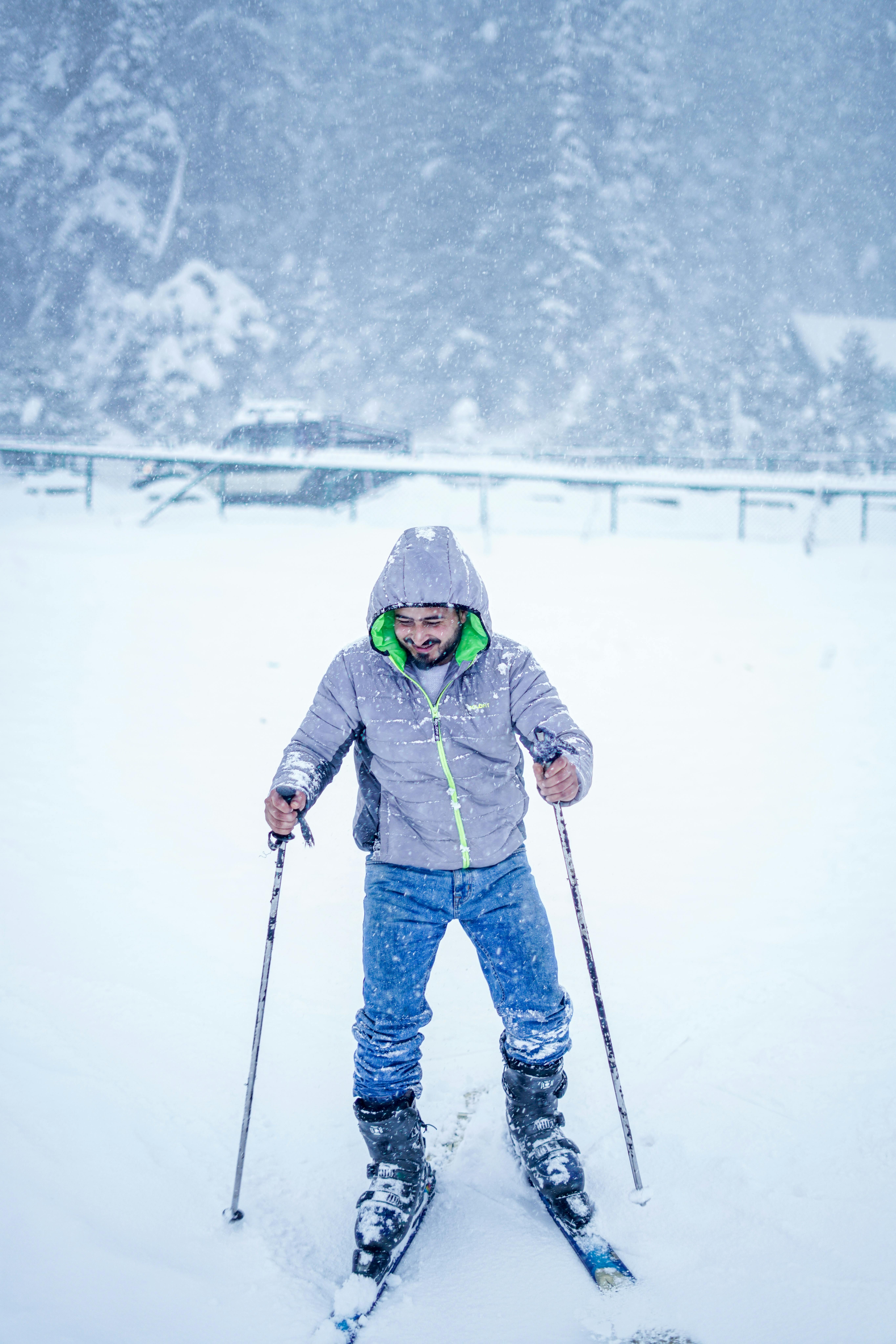
Looking Down Instead of Ahead
I’ll never forget one of my early slopes in the Alps. A rookie mistake: my gaze was locked downward at my skis, monitoring every small adjustment. Before I realized it, I misjudged the terrain ahead, hit a small bump in the snow, and ended up face-first in a frosty heap.
This mistake is especially common for nearsighted skiers who feel unsure of their surroundings. Depth perception is integral to skiing, and staring down at your skis instead of looking at where you’re going compromises it. A simple mental trick—"Look where you want to go, not at where you are”—helped me realign my focus. Over the years, this one change has made negotiating slopes feel almost second nature.
Actionable Advice: If you find it difficult to keep your gaze forward, start slow on gentle beginner trails until you feel more confident and secure.
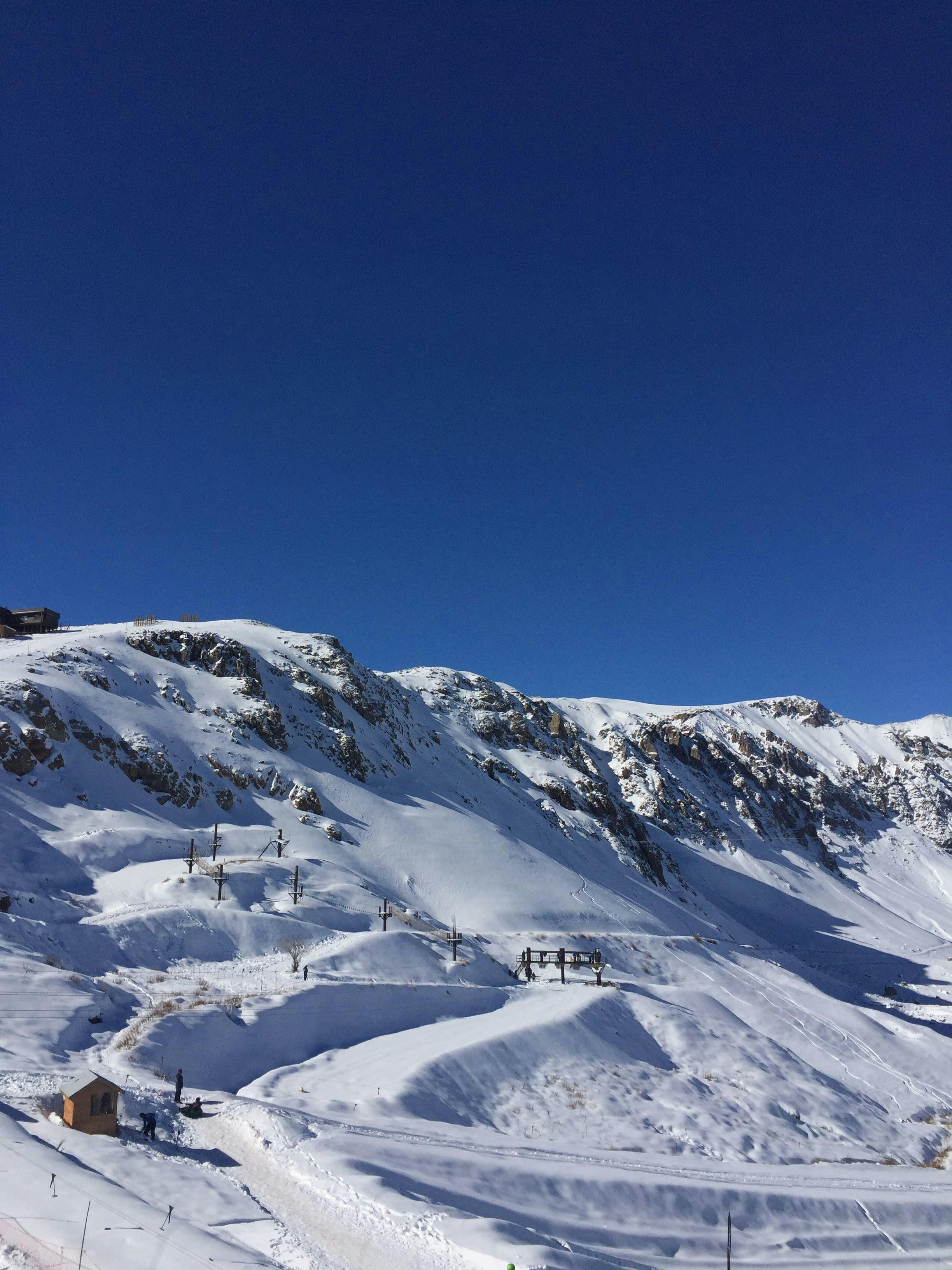
Underestimating the Issue of Fogging
Here’s the harsh truth for nearsighted skiers: fogging is your mortal enemy. It’s at its worst on humid days or when you’re layered up with balaclavas, which trap warm breath in your goggles. For years, I used to stop repeatedly mid-run to wipe my glasses—an absolute buzzkill when you’re otherwise hitting your stride.
Fortunately, solutions exist. Anti-fog sprays can help, but there’s a cleaner, more robust solution: goggles with professional-grade fog-resistant coatings. The Overo Prescription Ski Goggle Inserts come equipped with top-tier anti-fog technology, and I can’t overstate how much this changes the game. Imagine gliding through the cold, crisp air without once having to remove your goggles to “defrost” them.
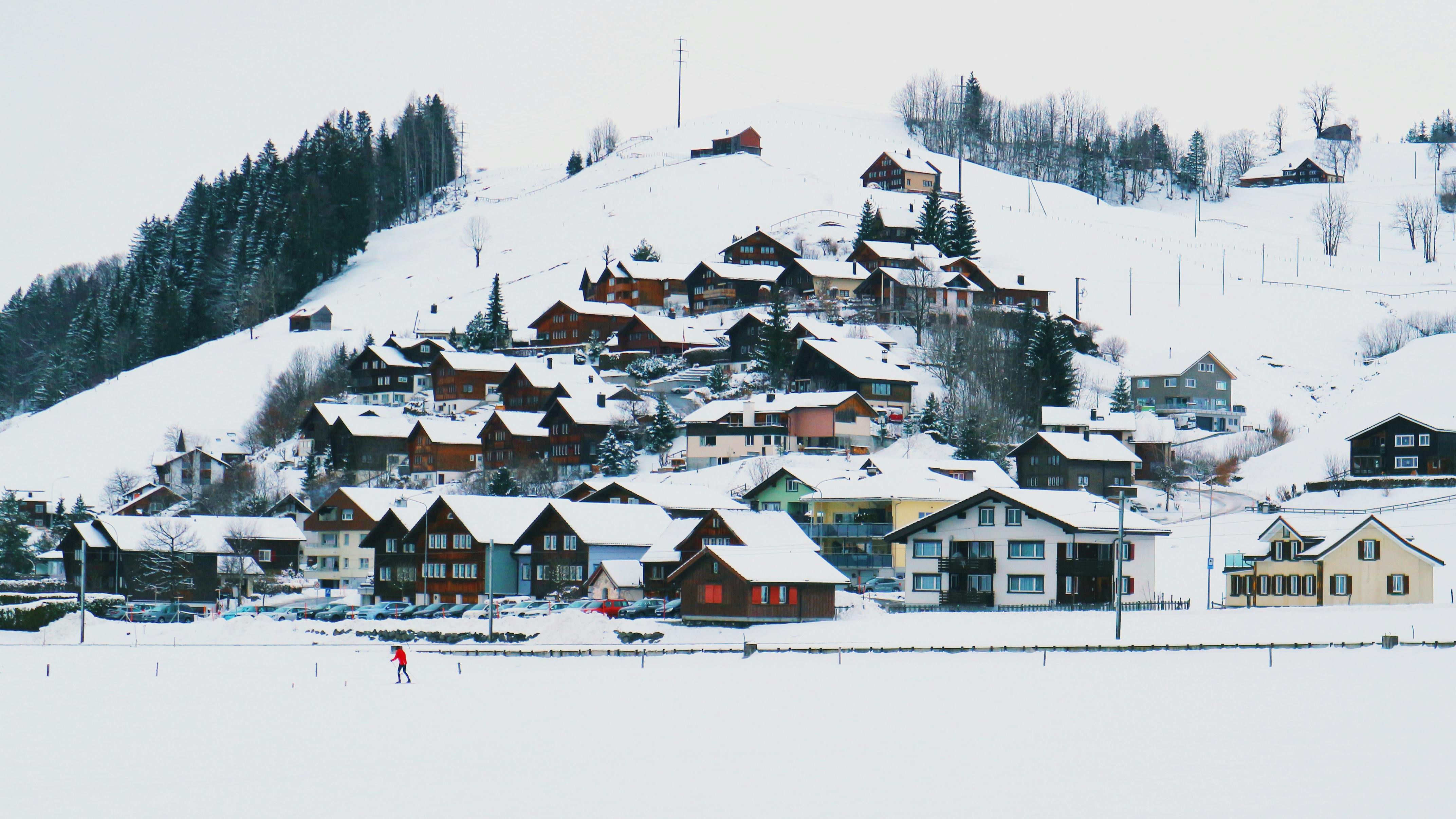
Skipping Proper Lessons and Technique
I’ll admit it—early in my skiing journey, I was overconfident. I thought I could watch a video or two, lace up some boots, and cruise down the slopes effortlessly. Reality hit hard when I took my first major tumble on a blue run. My lack of preparation led to sloppy form, poor control, and a bruised ego.
Investing in professional instruction is critical for beginners. A certified instructor won’t just teach you how to turn or stop—they’ll also address issues like balancing while factoring in the unique challenges of visual impairments. I once advised a visually impaired student to slightly widen their stance to enhance stability since they couldn’t judge turns as sharply. Practicing that one move made their whole approach to skiing feel more fluid and in control.
Whether you’re nearsighted or not, the right foundation makes a huge difference.
Starting on Slopes That Are Too Advanced
I’ll never forget one vivid memory: a friend of mine from university, nearsighted and overly ambitious, opted to tackle a steep intermediate run instead of sticking to the bunny slope. Predictably, they wiped out with considerable flair.
For beginners, it’s tempting to overestimate your abilities, but downside risks abound—especially when you’re struggling with depth perception. Even on a beginner slope, near-misses occur if the terrain feels alien. Start small (green runs are ideal) and only progress to advanced trails once the basics are solid.

Choosing the Wrong Gear
As someone obsessed with gear, I can tell you that the wrong pair of prescription ski goggles or ill-fitting boots can ruin your day faster than you’d expect. For glasses wearers, it’s worse: poorly ventilated goggles are more prone to fogging, and narrow fits might press glasses uncomfortably against your temples.
That’s why something like Overo Glasses is a godsend. With their universal compatibility and customized optics, you can focus on the fun of skiing instead of constantly adjusting your gear.
Gear Selection Checklist:
- Look for ski goggles with a wide field of view.
- Ensure a snug, secure fit without pressure points.
- Prioritize fog-resistant goggles or inserts to keep vision crystal-clear.
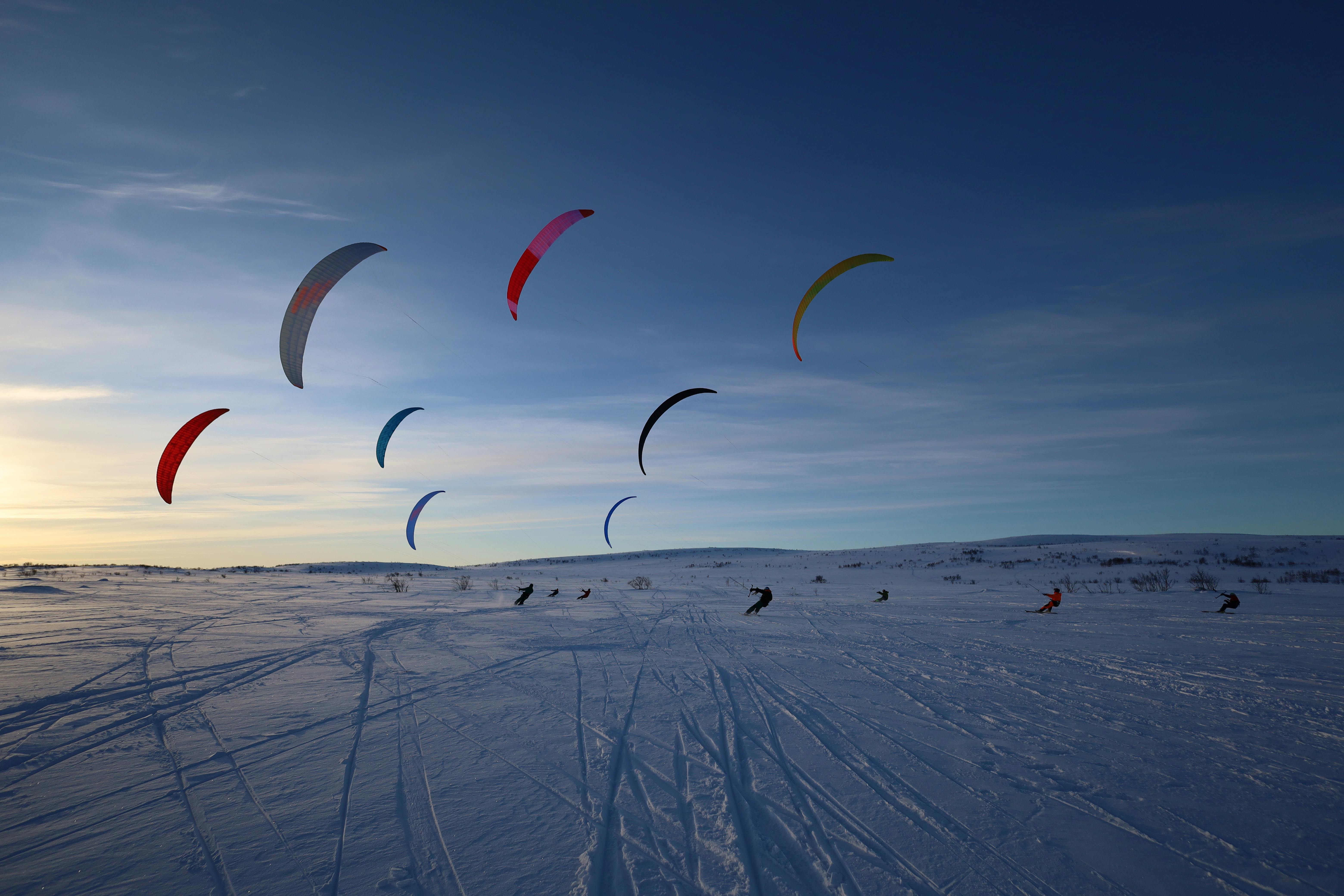
Forgetting to Embrace the Learning Process
Lastly—and most importantly—be patient with yourself. Every skier, whether visually impaired or not, has awkward starts and missteps. On my first day as a nearsighted skier, I ended up tumbling headfirst into a snowbank not once but three times. Did I feel a little dejected? Sure. Did I also find myself laughing uncontrollably by the end of it? Absolutely.
The beauty of skiing lies in its blend of challenge and exhilaration. Take small victories as they come—every successful run, every improved turn is a step closer to mastering the art of the slopes.
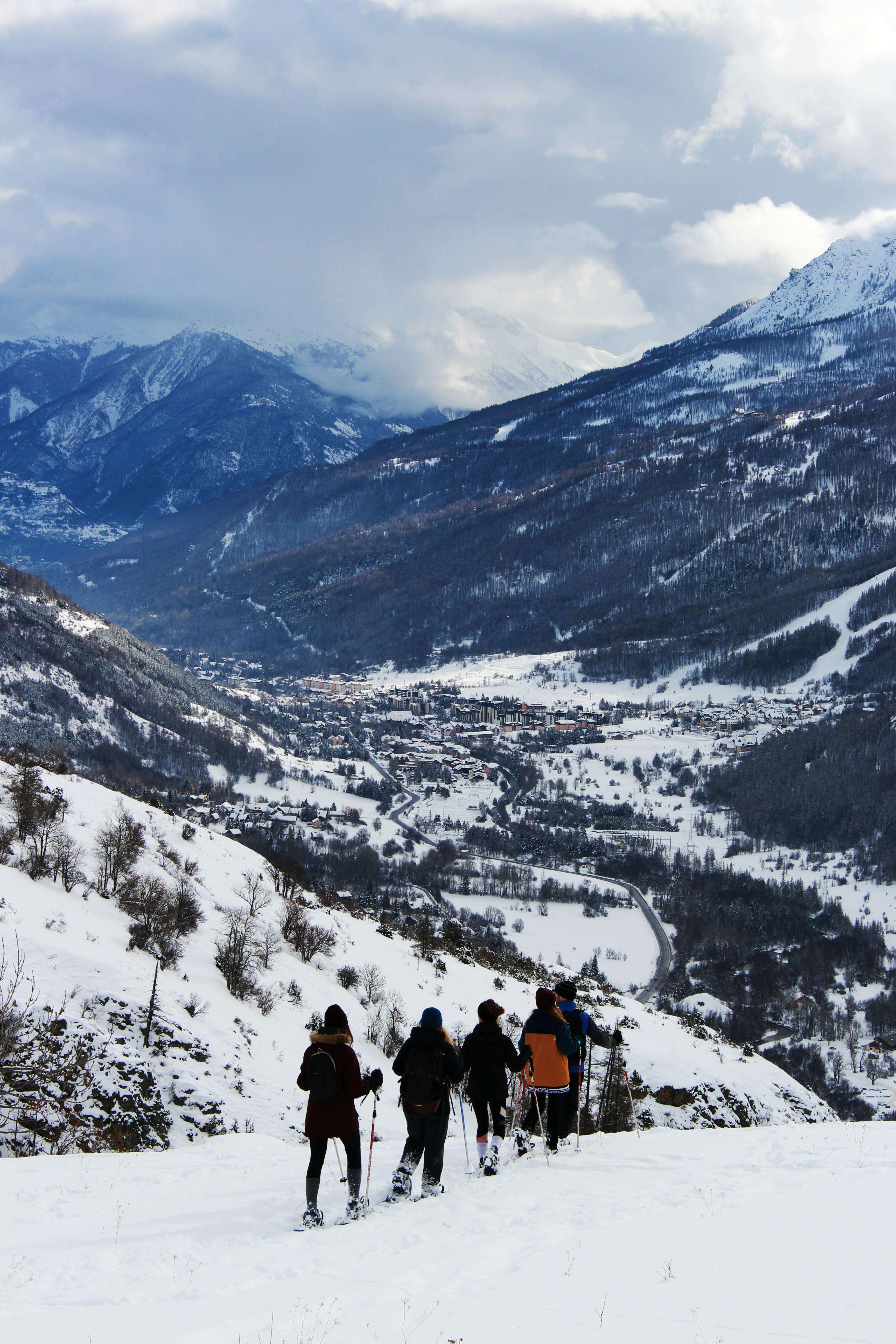
Concluding Thoughts: Elevate Your Skiing Journey
Navigating the slopes as a nearsighted skier isn’t just possible—it can be an absolute joy if you prepare accordingly. Whether it’s upgrading your gear with tools like Overo Prescription Ski Goggle Inserts or honing your form through lessons, the path to becoming a competent skier starts with knowledge and the right equipment.
Skiing isn’t just a sport—it’s an opportunity to connect with nature, embrace freedom, and indulge in adventure. Don’t let limited vision hold you back; with proper preparation, the mountains are yours to conquer. See you on the slopes!
Frequently Asked Questions
Why are prescription ski goggles important for nearsighted skiers?
Nearsighted skiers often struggle with fogging and poor fit when using regular glasses with goggles. Prescription ski goggles or inserts offer clear vision and comfort, ensuring safety and enhancing the skiing experience.
What’s the best way to prevent fogging on the slopes?
Invest in goggles or inserts with professional-grade anti-fog coatings like the Overo Prescription Ski Goggle Inserts. Avoid wearing heavy balaclavas that trap warm air inside your goggles. Anti-fog sprays can also help but are less effective than built-in coatings.
How do I improve my skiing technique as a beginner?
Taking lessons from certified instructors is crucial. They help build proper technique, address challenges related to visual impairments, and ensure better control on the slopes. Start on gentle beginner trails and gradually progress to advanced runs.
What gear should beginners prioritize?
Focus on equipment that minimizes discomfort and improves vision. Look for fog-resistant ski goggles, well-fitted boots, and prescription inserts if you’re nearsighted. The right gear can significantly enhance your skiing experience.
How can I build confidence as a beginner skier?
Start on easier slopes, practice regularly, and be patient with yourself. Embrace small victories and remember that making mistakes is part of the learning process. Consistency and a positive mindset will help you improve over time.
References
- Eyesight.sg - What's New? - Insights on optimizing eye health during outdoor activities.
- Calgary Family Eye Doctors: Managing Dry Eyes in Winter - Tips for protecting your eyes in cold, windy conditions.
- Nvision Centers: The Dangers of Cheap Sunglasses - Understanding the importance of investing in high-quality eye protection.
- What Was That Like? Listener Stories of 2024 - Personal snow sports anecdotes and lessons learned from various enthusiasts.
- Florida Eye and Ear: What's New? - Updated trends and tips for winter sports enthusiasts with vision needs.



Share:
5 Expert Tips for Skiers with Myopia: Mastering the Slopes with Prescription Ski Goggles
7 Secrets About the Largest Ski Resort in the World That Will Inspire Your Next Winter Adventure